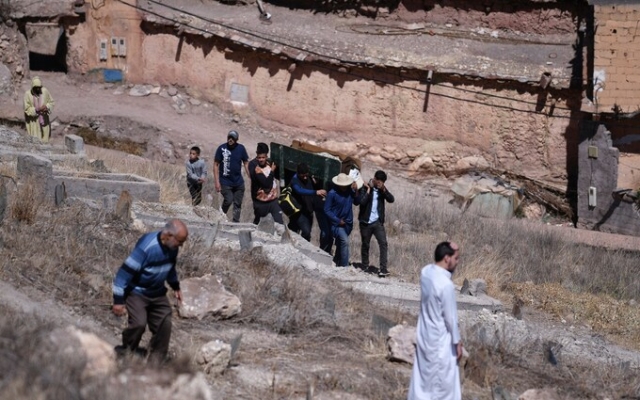 Rescuers carry a coffin at Moulay Brahim in Al-Haouz province, Morocco Photo: Fernando Sanchez/Europa Press via AP
Rescuers carry a coffin at Moulay Brahim in Al-Haouz province, Morocco Photo: Fernando Sanchez/Europa Press via AP
Earthquake survivors in Morocco, people were forced to dig the dead out of the rubble with their bare hands while they waited for rescue teams trying to clear roads blocked by landslides and boulders.
Some hard-hit villages were still completely destroyed Sunday evening. cut off as a critical window to rescue trapped victims began to close.
The mountain village of Tafeghte, 40 miles from Marrakech, was almost completely destroyed, early reports suggest, with very few buildings remaining .
Civilian rescuers and members of the Moroccan armed forces searched desperately for survivors and the bodies of the dead. One body was found among the ruins of a house. According to local residents, four others are still buried there.
«Everybody left! My heart is broken. I am inconsolable,” exclaimed Zara Benbrick, 62, who said she had lost 18 relatives and only her brother’s body remained trapped. «I want them to hurry up and get it out so I can grieve in peace,» she said.
In the village of Amizmiz, near Tafeghte, an excavator pulled out the heaviest pieces of debris before rescuers dug it out. dusty debris with bare hands to pull out the body, which seemed to be under the blanket.
In Moulay Brahim, a village near the epicenter, residents also described how they pulled bodies out of the rubble by hand. .
“We have lost our homes, as well as people, and we are sleeping like two days on the street,” said Yasin Numgar, 36, a resident of Moulay Brahim.
 Moroccans were forced to use their hands to reach neighbors stuck in the rubble. Photo: FADEL SENNA/AFP via Getty Images
Moroccans were forced to use their hands to reach neighbors stuck in the rubble. Photo: FADEL SENNA/AFP via Getty Images
Mr. Numgar, complaining of shortages of water, food and electricity, said he had so far received little government aid.
“We just want our government to help us,” he said, repeating growing frustration in mountain villages and towns near the quake's epicenter.
The death toll on Sunday rose to more than 2,100 killed and more than 2,000 injured, but they were expected to continue climbing.
The funeral took place as the bodies were pulled out from under the rubble. Men with pickaxes dug the ground, creating more and more graves, and despair gripped village after village.
But moments of joy pierced horror. One video from the poor rural town of Molai Brahim showed rescuers overcome with joy as they pulled out the body of a man who was still alive. The building was completely destroyed. Rescuers hugged in delight after getting him safely into the ambulance.
Efforts intensified on Sunday in the worst-hit mountainous areas south of Marrakech, but access remained difficult and some areas were reportedly still closed. completely inaccessible.
“We welcome everyone who has any means of escape to come and help,” said Abdellatif Wahbi, mayor of Taroudant in the southwest and also the country’s justice minister.< /p>
«The next 24 people 48 hours will be critical to saving lives,» said Caroline Holt, global director of operations for the International Federation of Red Cross and Red Crescent Societies.
The village of Ait Yahya in Taroudant province is reported to be lost a third of its inhabitants as a result of the earthquake. Mr. Ouahbi called the situation catastrophic.
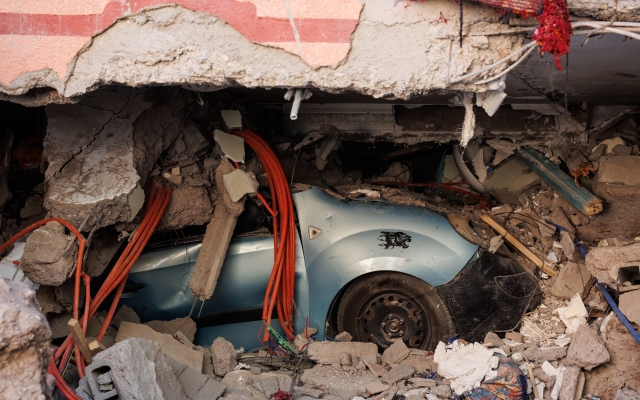 More victims are expected to be found in more remote locations in Morocco. Photo: Alejandro Martinez Velez/Anadolu Agency via Getty Images
More victims are expected to be found in more remote locations in Morocco. Photo: Alejandro Martinez Velez/Anadolu Agency via Getty Images
So far offers of foreign assistance and international search and rescue teams have come from around the world, but none had reached the North African country by Sunday afternoon.
Spain looks set to be the first to send a rescue team to the ground, announcing on Sunday that a military plane with 56 rescuers and four dogs took off en route to Morocco.
Other countries including France. , the United States and Israel — said they would provide support when Moroccan authorities formally request it. The government has so far only approved the participation of Spanish and Qatari teams. The government has given no explanation why rescue teams from other countries have not received an official request or permission.
Earthquake in Morocco
According to Rescuers Without Borders, more than 100 teams, about 3,500 rescuers, are ready to go to Morocco via the UN platform as soon as authorities give the green light for deployment.
Videos of volunteers packing their cars were circulated on Sunday. full of water and tents to try to get close to the worst affected areas. Many people are sleeping on the streets after Friday's earthquake as aftershocks continue and there is no confidence that their homes are safe.
“I lost everything,” said Lahsen, a resident of the mountain village of Moulay Brahim whose wife and four children were killed. The bodies of his three daughters were found among the rubble and covered with earth. His wife and son are still missing. “I can’t do anything about it now, I just want to leave the world and grieve,” he said.
“Look where all these people are sleeping,” said Satir, a Marrakech resident. information Agency. “There is no help for us. Our houses were broken into, others were destroyed — like my daughter's house, which was destroyed. We are in a chaotic state.”
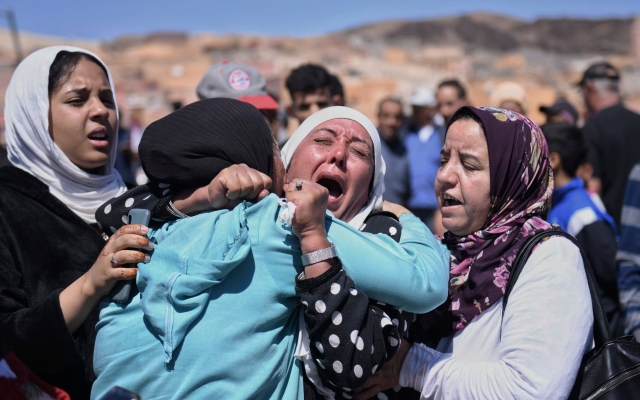 So far, more than 2,000 people have died and more than 300,000 have been directly affected. Photo: Fernando Sanchez/Europa Press via AP
So far, more than 2,000 people have died and more than 300,000 have been directly affected. Photo: Fernando Sanchez/Europa Press via AP
In the village of Amizmiz, 27 km (17 miles) west of Moulay Brahim, residents also struggled to find food. “We used blankets to make a tent,” Ali Ait Youssef said. “The tents that the government has distributed are not enough.”
Some shopkeepers in Marrakech returned to work on Sunday morning after the king called for the resumption of economic activity across the country and ordered reconstruction of destroyed buildings.
p>
People could be seen on the streets of the state for much of Saturday in historic Marrakech. Televisions crowd the streets, afraid to return to buildings that may still be unstable.
The city's famous Koutoubia Mosque, built in the 12th century, was damaged, but the extent was not immediately clear. Moroccans also posted videos showing damage to parts of the famous red walls surrounding the old city, a UNESCO World Heritage site.
Police, ambulances and people fleeing in shared taxis spent hours crossing dirt roads through High. Atlases sit in traffic jams and often get out of their cars to help clear giant boulders from routes that were known to be rough and difficult even before Friday's earthquake.
Moroccan television broadcast aerial images of entire villages with mud houses overnight. in the Al-Hawz area is completely destroyed.
The European-Mediterranean Seismological Center said tremors could be felt for “days or weeks”, but this is also a possibility, not a certainty.
The streets are full of people sleeping outside, many traditional mud houses are completely destroyed, and others are afraid to enter the buildings in case of another earthquake.
Friday's earthquake in Morocco came just six months after the Middle Earthquake. The Eastern North Africa region was hit by another devastating twin earthquake in Turkey and Syria, killing more than 50,000 people.

















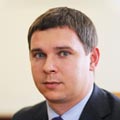

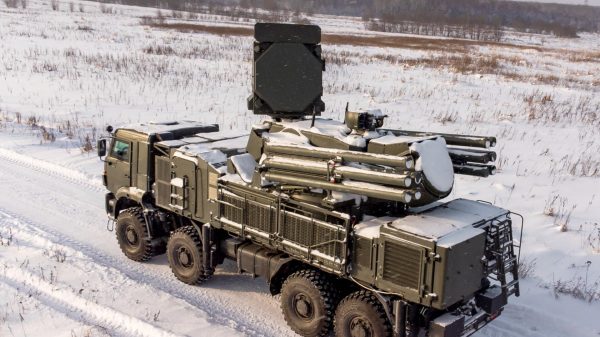

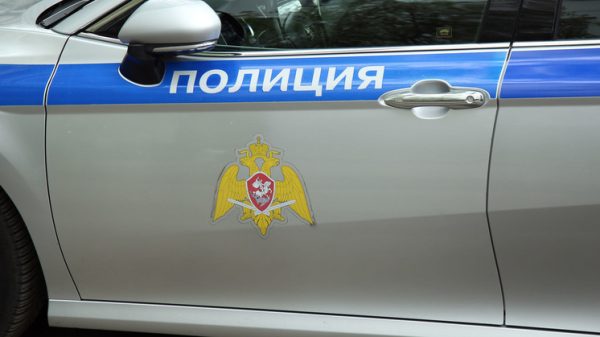
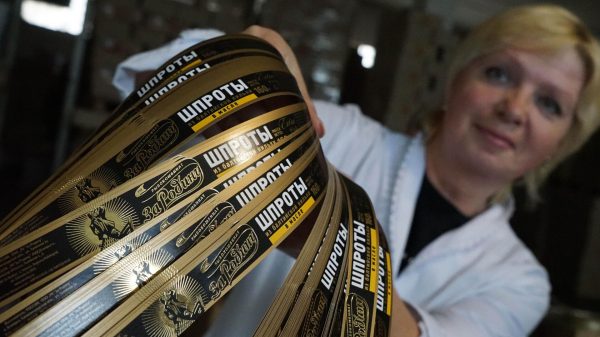
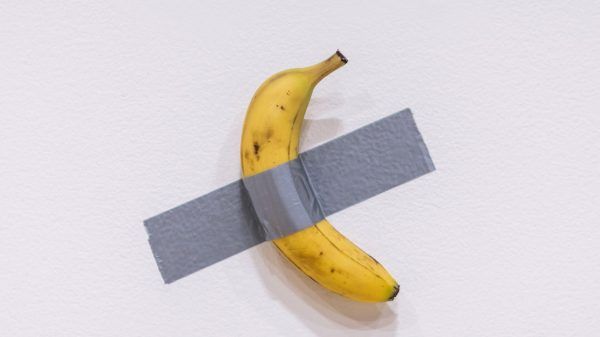
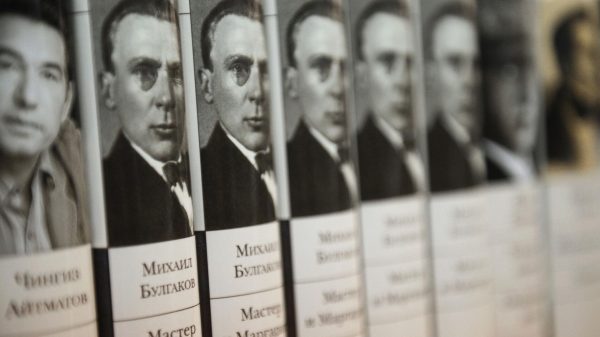
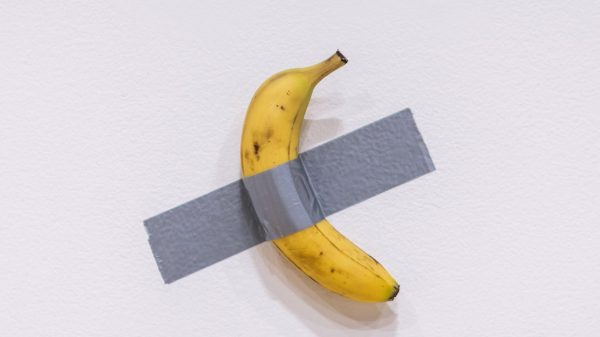
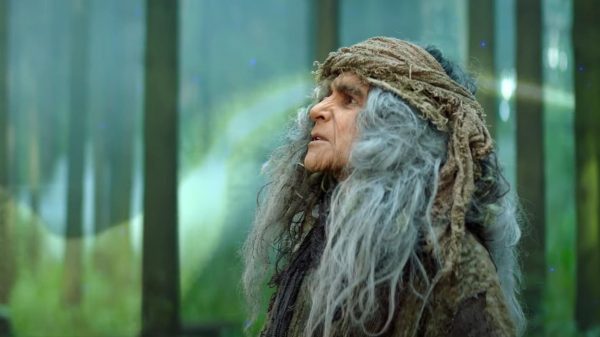
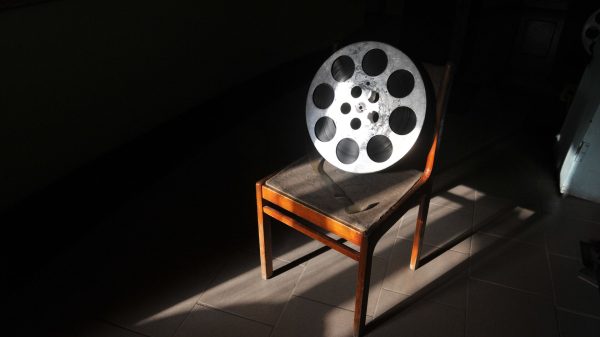
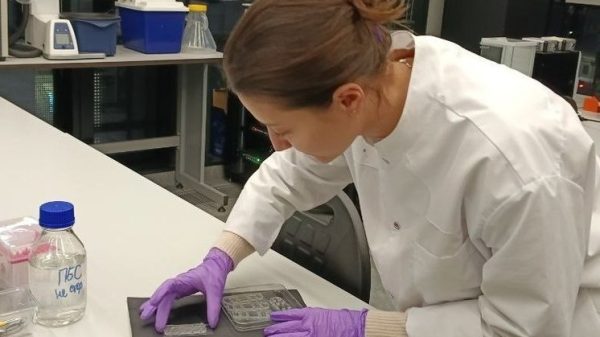
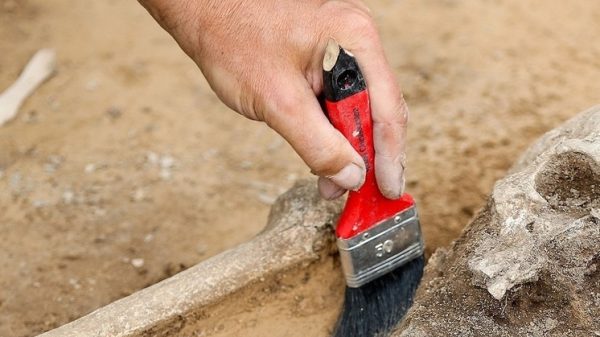

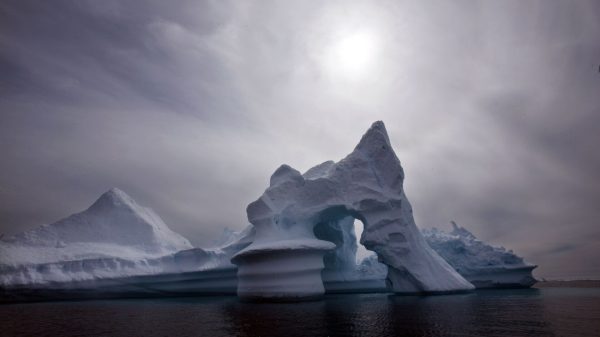
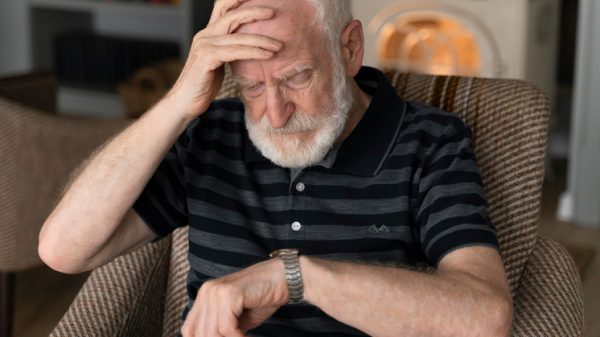


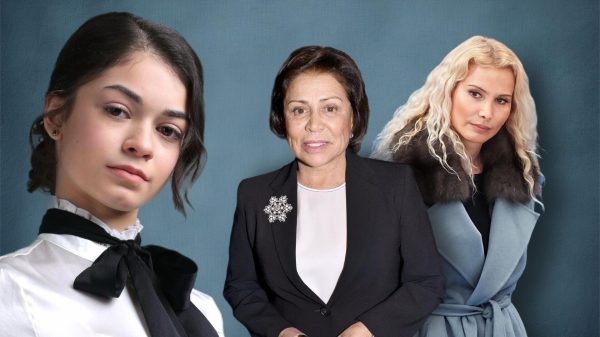

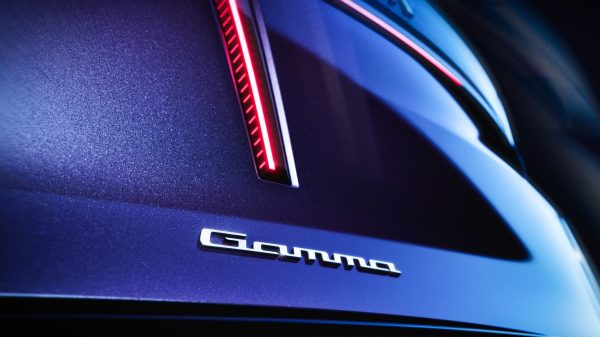



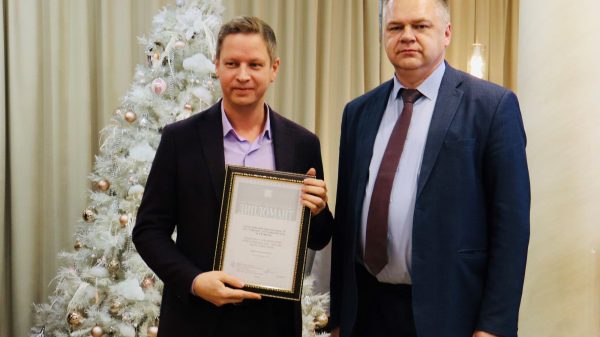

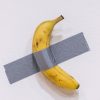














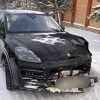





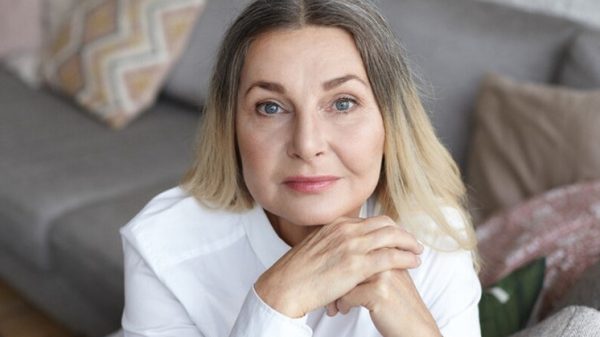


Свежие комментарии